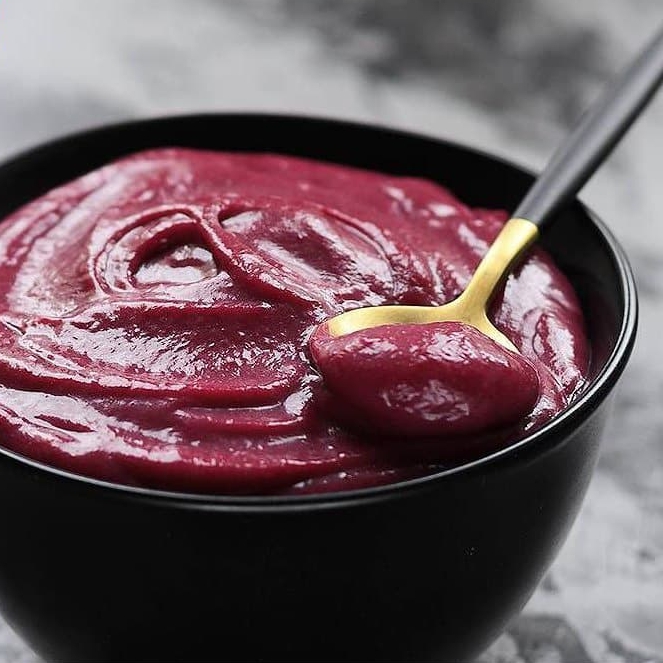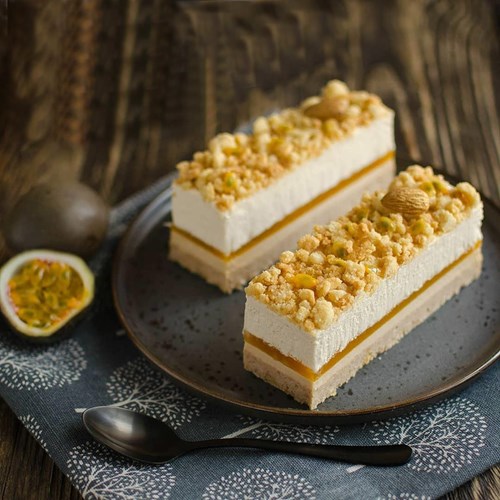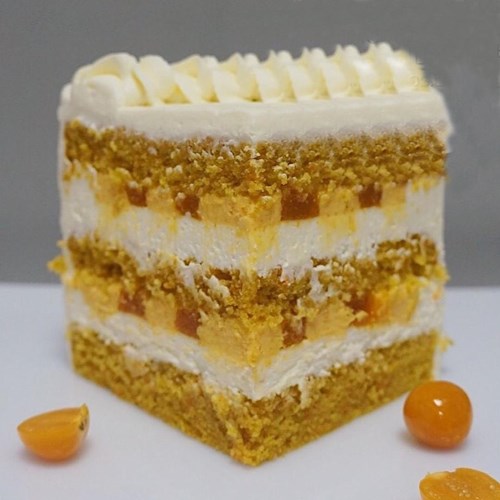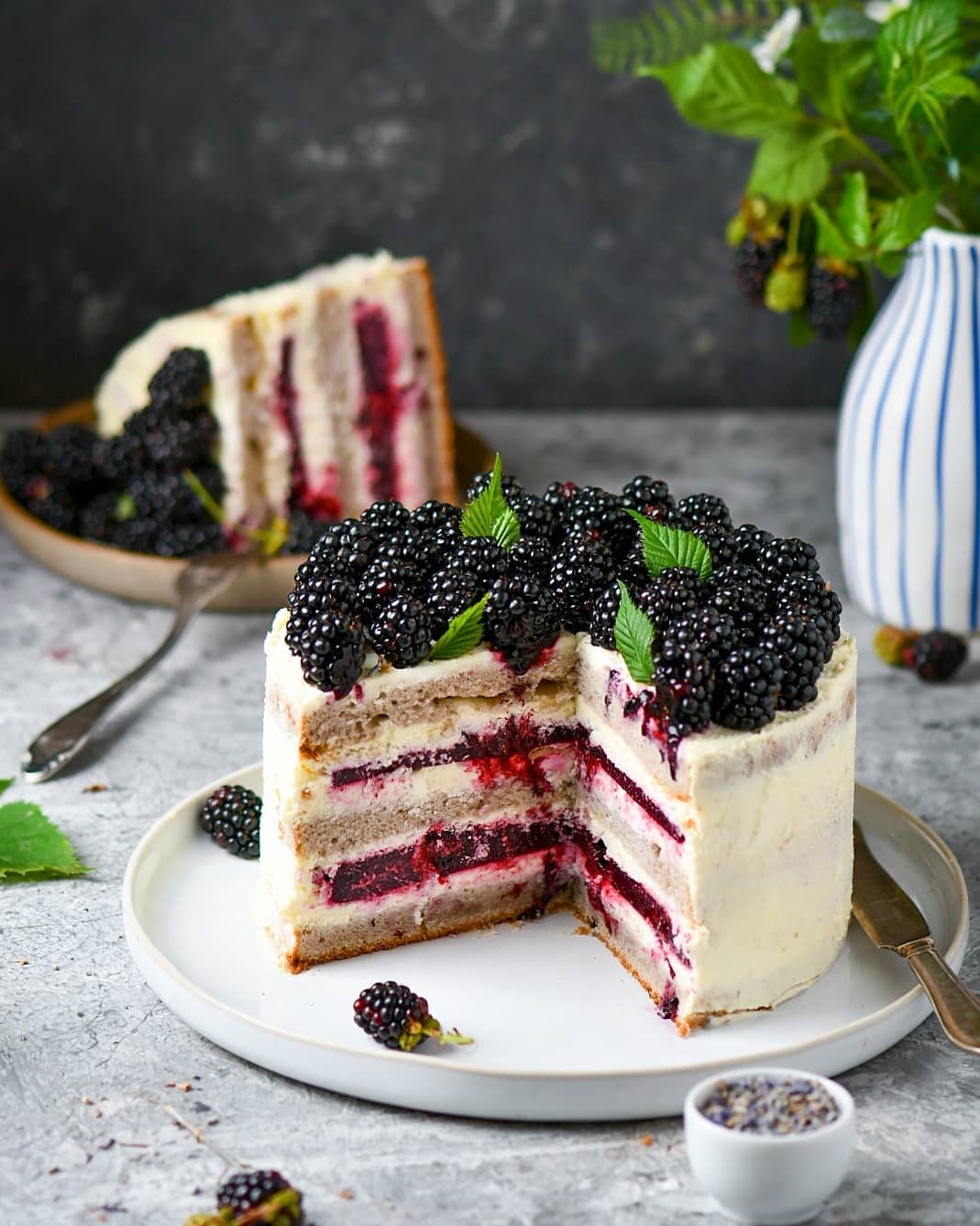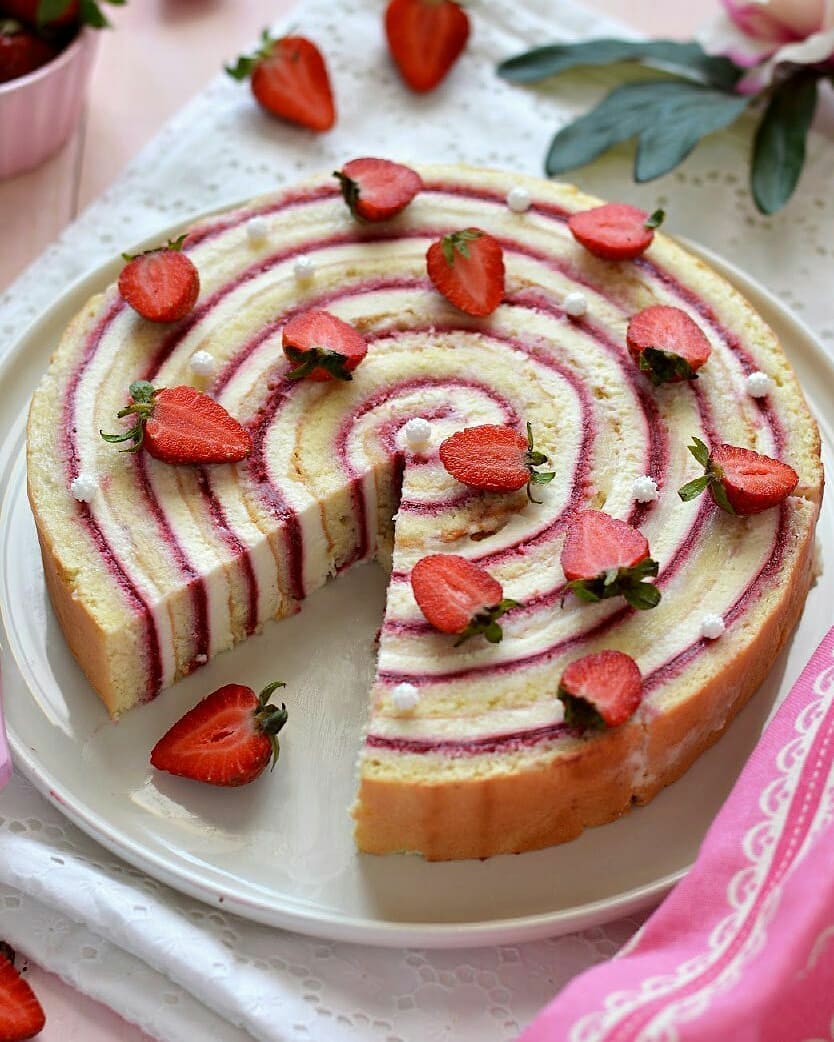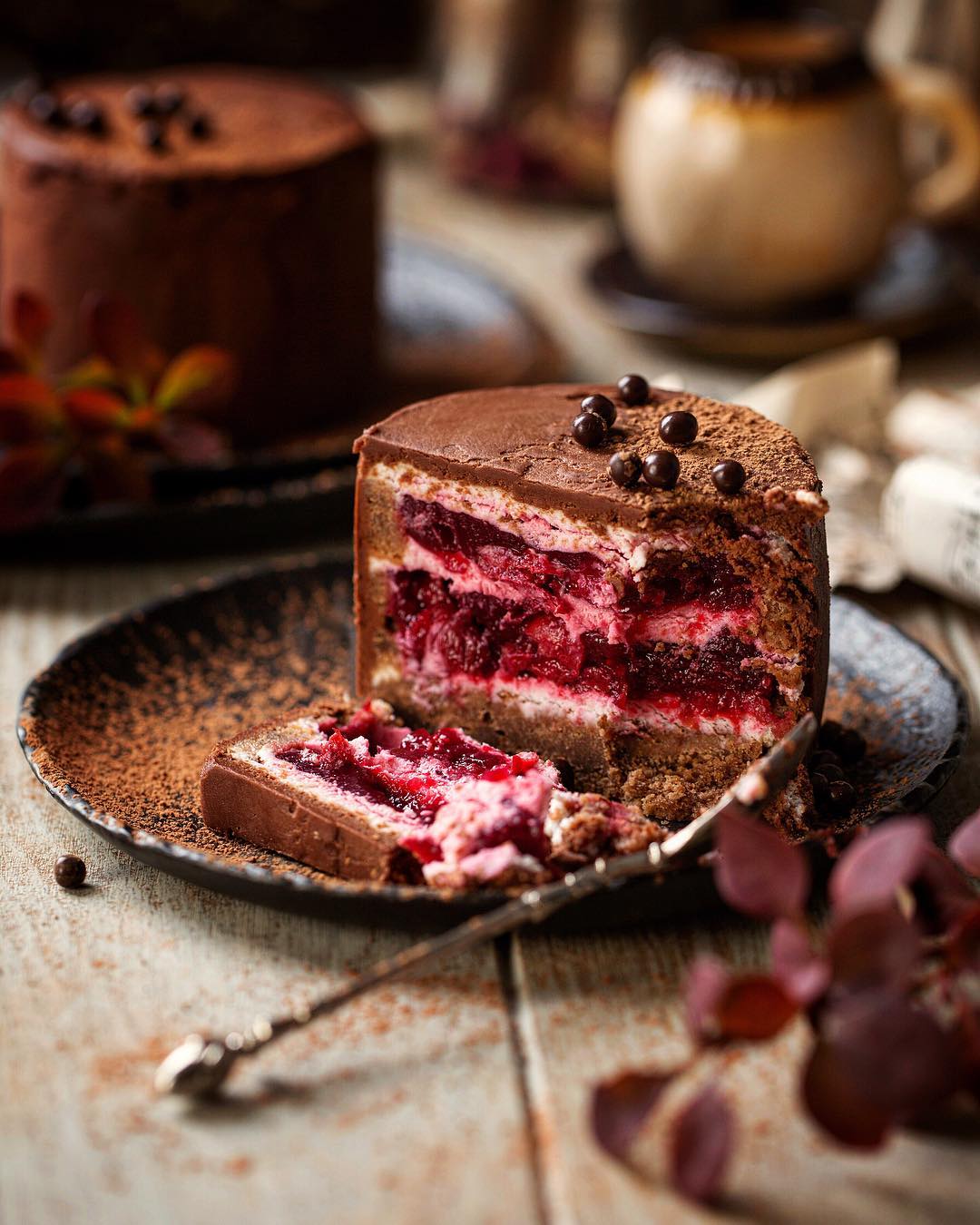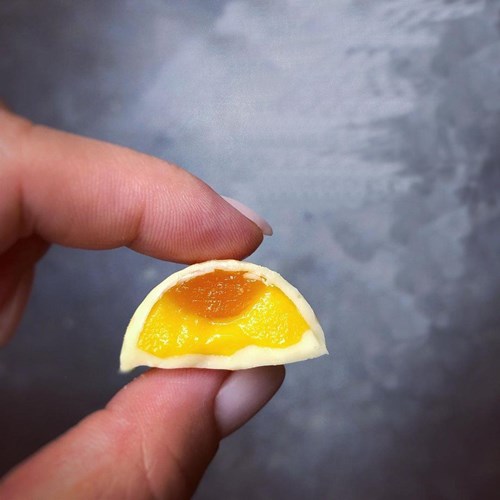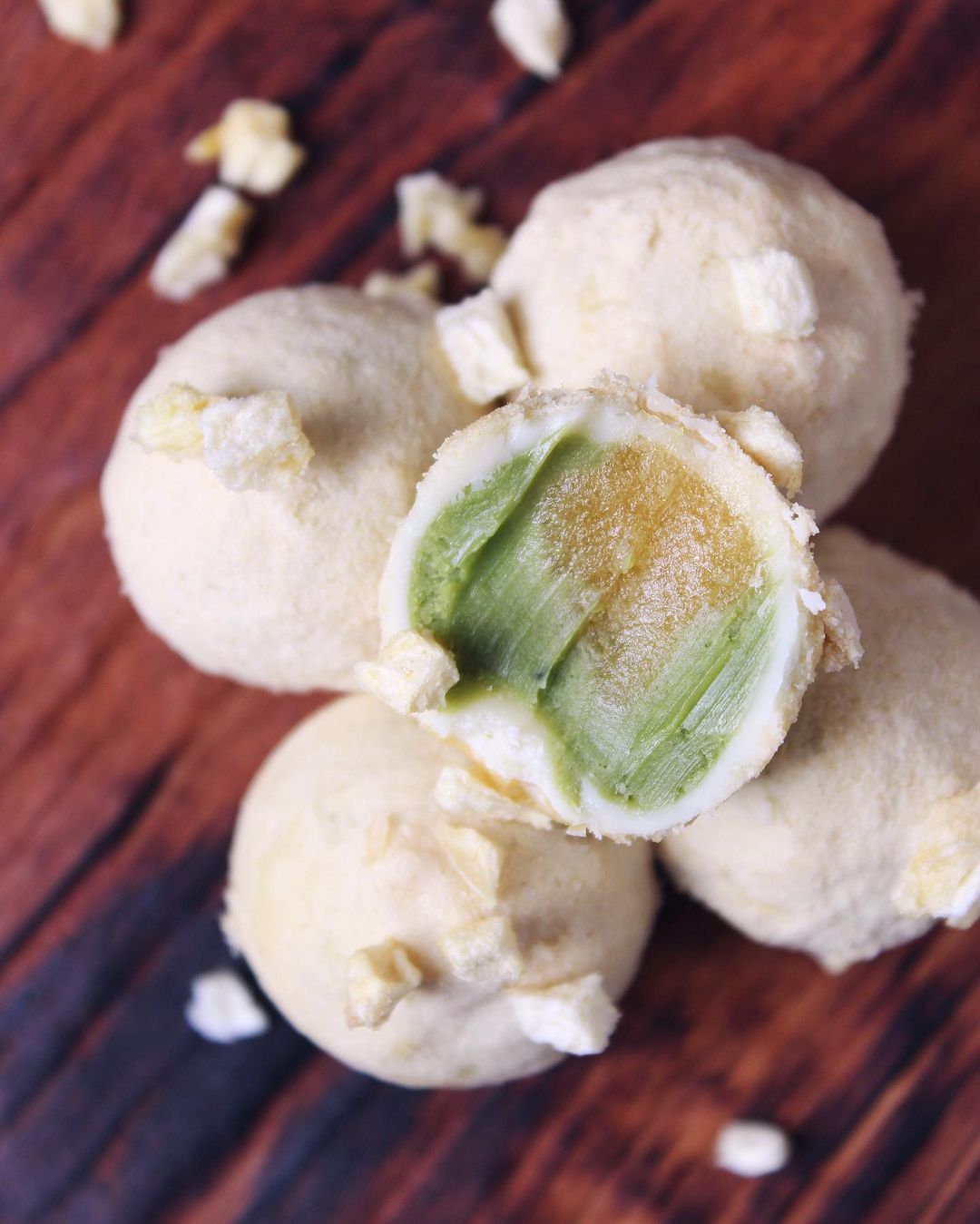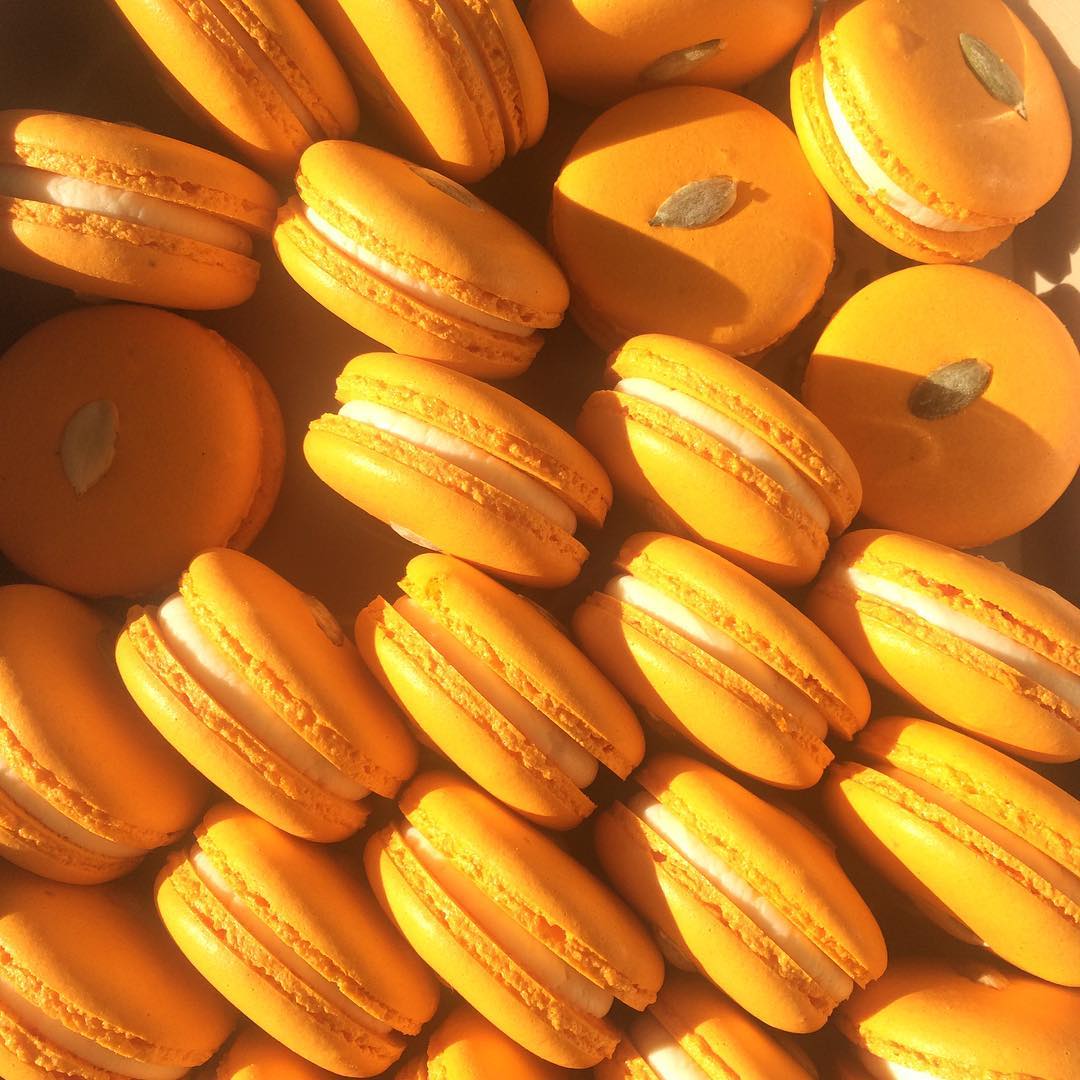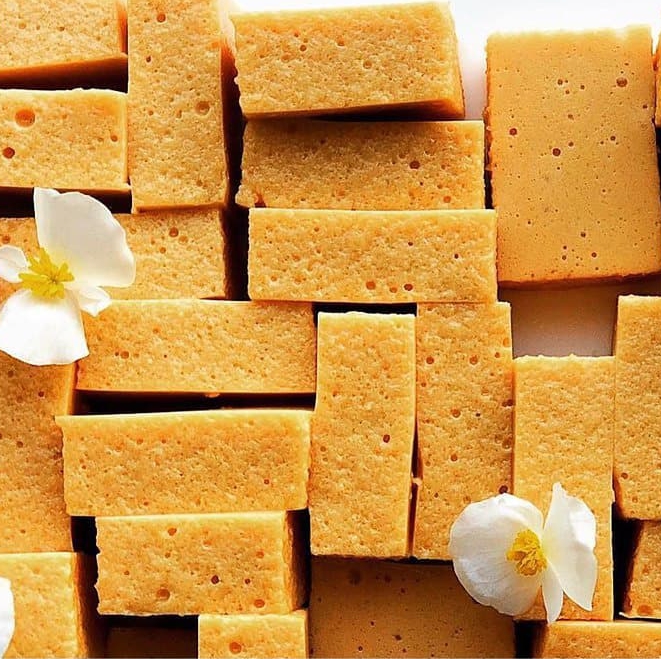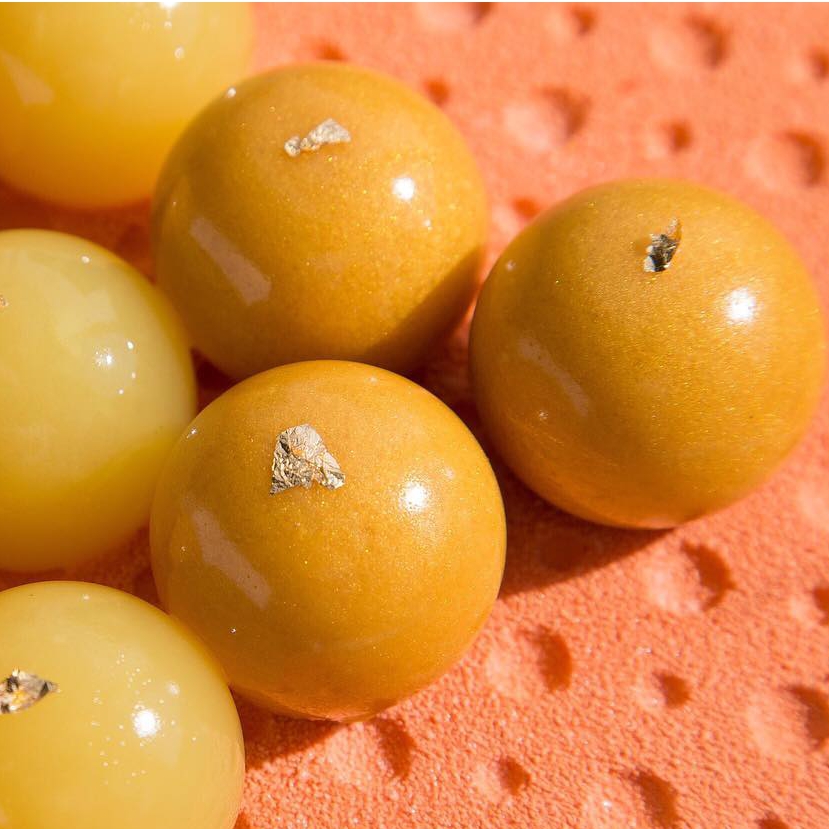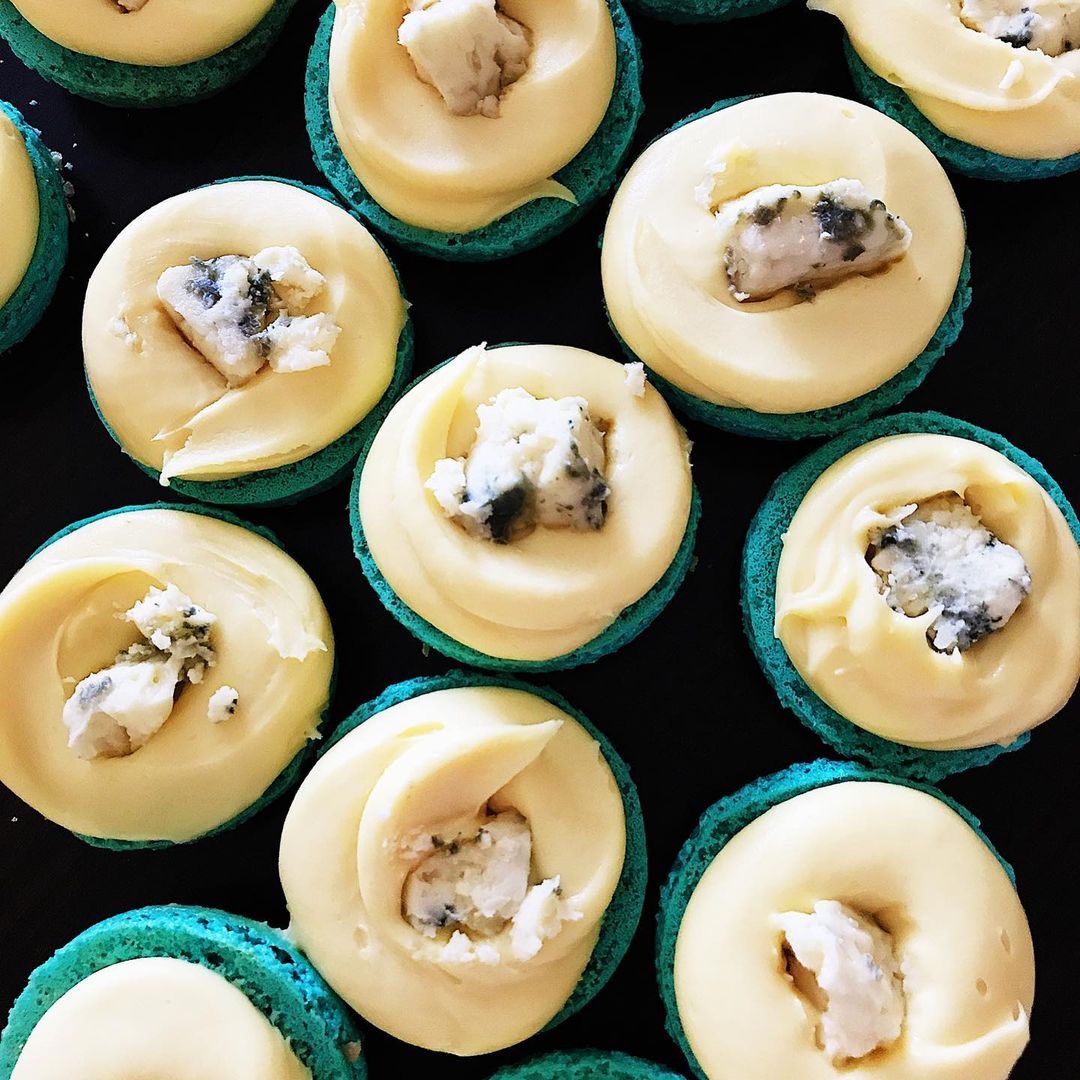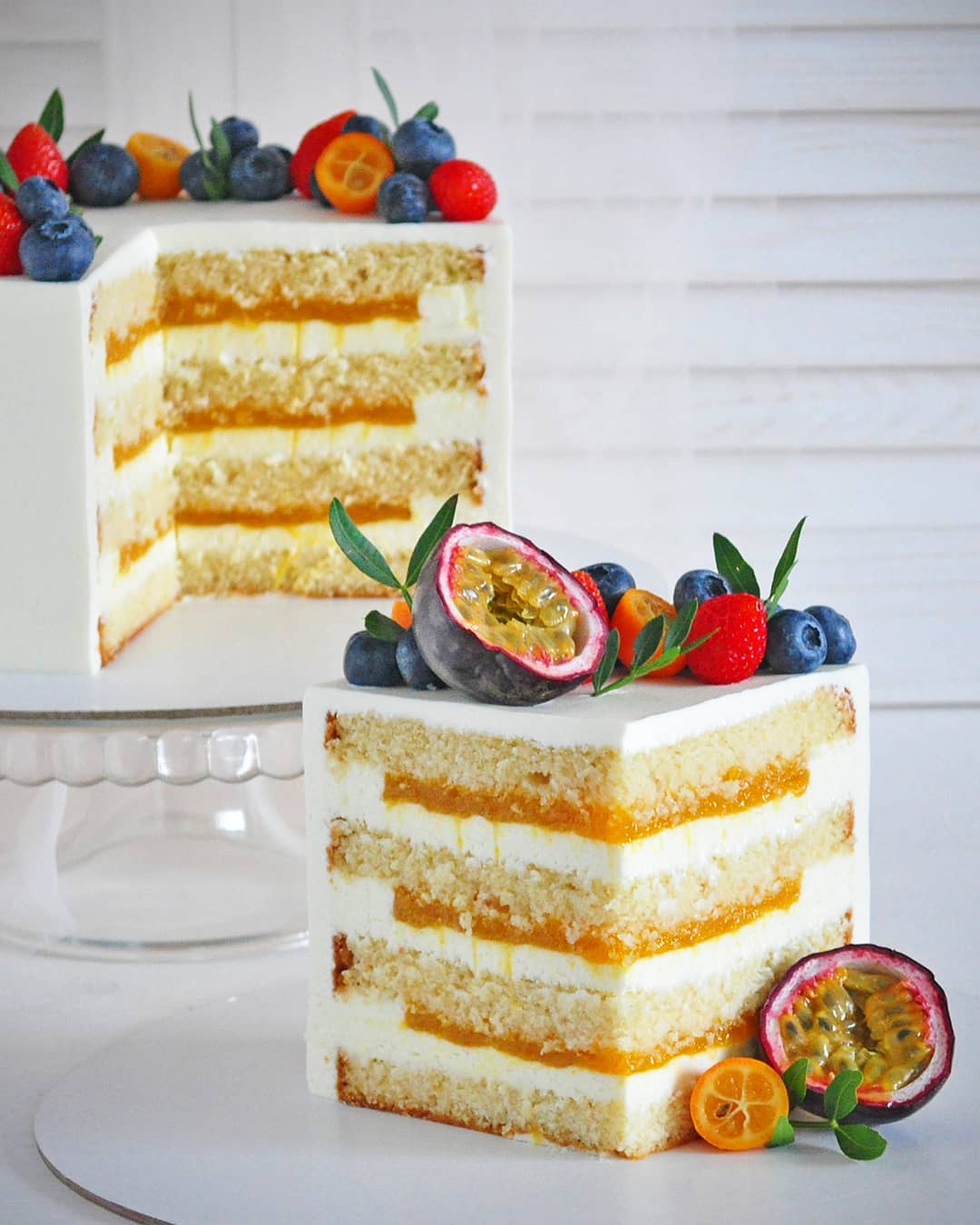Ingredients
Curd
Instructions
Step 1
Step 2
Step 3
Step 4
Step 5
Step 6
Step 7
Step 8
Servings
Equipment
Use a medium-sized saucepan to bring your blackcurrants and sugar to a boil. Ensure it's not too small to avoid spills while stirring.
A fine-mesh sieve works best to get a smooth puree. A larger handle makes the process easier.
A sturdy whisk is essential for combining eggs into the hot puree without scrambling them. A silicone-coated whisk can prevent scratching your pans.
Two pots of different diameters are required to create a water bath. Ensure the smaller pot fits snugly into the larger one for even cooking.
Sterilized glass jars with airtight seals are perfect for storing your finished curd. Mason jars work well and look great for gifting.
Variations
Faq
- Can I use fresh blackcurrants instead of frozen?
Yes, fresh blackcurrants will work perfectly in this recipe. Just be sure to wash and stem them before use.
- What can I do if my curd is too thick?
If your curd ends up too thick, you can gently whisk in a tablespoon of water or juice until you reach the desired consistency.
- Why did my eggs scramble when I added them to the puree?
Make sure to constantly whisk the eggs into the puree and add them off the direct heat while the mixture is in the water bath to prevent scrambling.
- How long will the blackcurrant curd keep in the fridge?
The curd can be stored in an airtight container in the refrigerator for up to two weeks.
- Can I freeze the blackcurrant curd?
Yes, you can freeze the curd in an airtight container for up to three months. Just be sure to thaw it in the fridge before using.
- Can I use this curd as a cake frosting?
The curd is more suitable as a filling rather than a frosting due to its smooth and somewhat loose texture. Try layering it between cake layers for a delightful surprise!

